
| Version | Summary | Created by | Modification | Content Size | Created at | Operation |
|---|---|---|---|---|---|---|
| 1 | Beatrix Zheng | -- | 1324 | 2022-10-13 01:44:17 | | | |
| 2 | Beatrix Zheng | Meta information modification | 1324 | 2022-10-13 03:19:54 | | |
Video Upload Options
In recent years, the popularity of electric vehicles (EVs) has increased dramatically, as numerous manufacturers now have vehicles competing in the United States EV market. The state of Pennsylvania has focused some legislation on the spread of EVs as it plans to further decrease its carbon emissions in the transportation sector. Infrastructure updates including fast charging stations, sales and tax incentives are being rolled out to help facilitate this growth. In addition, there are also some alternatives to EV's that are more fuel efficient than traditional gasoline powered vehicles.
1. Statistics

Transportation contributes around one quarter of all greenhouse gas emissions and one third Nitrogen Oxide emission. If PA adopts the Zero Emission Vehicle Program with a 100% electric vehicle goal, it is possible to cut carbon emissions from light duty vehicles and trucks by 75% in 2050, or “by nearly two-thirds compared to a business-as-usual scenario with limited electrification after 2026”.[1] At the moment, Pennsylvania ranks as the 17th best state in terms of electric vehicle adoption.[2] As of May 2019, there are 14 alternative fuel corridors, which allow for electric vehicle charging, on 1,763 miles of highway.[3] The electric vehicle presence in the state is concentrated to the Southeast, around Philadelphia. Electric vehicle registrations have more than doubled from December 2017 at more than 29,000 as of November 2020. The popularity of electric vehicles has been growing in Pennsylvania over the past decade, with sales topping at 4,000 battery electric vehicles in 2018. 2,400 vehicles were purchased in 2019 under the DEP Alternative Fuel Vehicles Rebate Program and 850 level two fast chargers have been funded by the DEP Driving PA Forward program, with 11 future project that plan to install more than 25 DC fast chargers.[4]
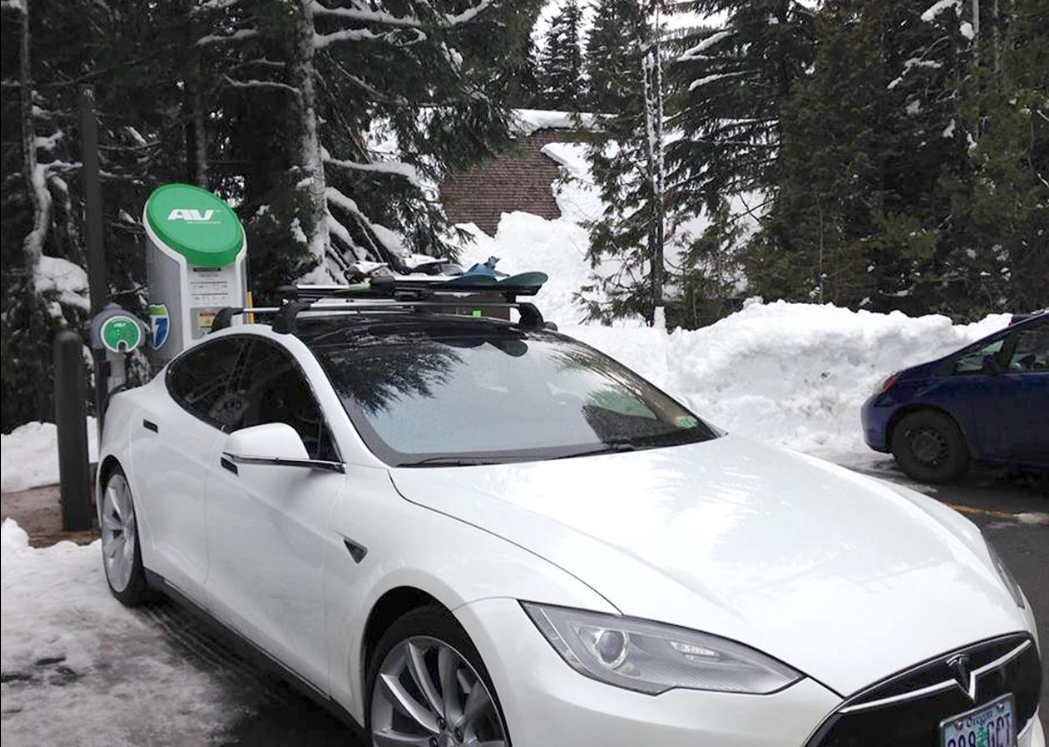
2. Infrastructure
Not every charging station is created equally; different tiers of charging stations dramatically increase the practicality of EVs. There are two types of plugs in Pennsylvania: public plugs that anybody can use, with 1,355 level 2 charging, and 114 DC fast charging, making 1,469. Tesla has 451 plugs that are only available to Tesla Drivers, with 241 being Level 2 charging and 210 being DC fast charging.[4] There can be some confusion when speaking about DC fasting charging and level 1 and level 2 charging. They can be broken down into DC fasting charging, which is the fastest charging system, and Level 1 and 2, which recharge significantly slower. Level 1 charges at about 3-5 driving miles per hour, Level 2 charges at about 10-25 driving miles per hour of order, and with DC fast charging you can get about 100-250 miles of range with only charging for about 30 mins.[4] Pennsylvania's EV are growing at a steady rate with plans on growing the amount of chargers to support that demand. Government grants are allowing a focuses on DC fast charging as this is key factor in making EV's more practical.
3. Sales Incentives
Pennsylvania along with a few other states have signed an intent to facilitate a reduction in carbon emissions and a cleaner transportation sector. There are significant rebates offered to companies, businesses and residents to help make the switch to alternative fuel, the specifics of which are outlined by the Alternative Fuel Vehicle Rebate Guidelines.[5] There are rebates available to not only new vehicles, but also pre owned if the application is completed within 6 months of purchase. Outside of consumer vehicles, rebates for state owned vehicles such as school/transit buses are provided for by the Volkswagen Clean Air Act Civil Settlement.[6] There are significant rebates offered for purchasing charging ports that are made available to the public as well. These incentives don’t only cover electric vehicles and hybrids, however, but also hydrogen cell, propane, and natural gas powered vehicles. [7]
4. Taxes
Electricity used in electric vehicles in Pennsylvania is subject to a proportional gas tax.[8] This is due to the Alternative Fuels Tax. The Alternative Fuels Tax is a tax on non-gasoline fuel sources that are used to power cars on state highways. This is to compensate for the lost revenue from electric vehicles not paying into the gasoline tax. Dealer-Users of alternative fuels are required in Pennsylvania to collect this tax on all applicable fuel sources. The tax rate on fuels covered by this fuels tax is based on the oil company franchise tax. The tax rate is calculated by proportionally using the gasoline tax rate to charge an equivalent amount per energy content of the electricity.[9] The current tax rate for 2021 is $0.0172 per Kilowatt Hour (KWH) of electricity.[10]
5. Roadmap
5.1. Categories of EVs
- Electric Vehicles Battery Electric Vehicles: Battery electric vehicles (BEVs), the most common type of plug-in EV, are powered exclusively by electricity stored in batteries. BEVs can be charged at home using a standard electrical outlet or at public charging stations using specialized equipment.
- Hybrid Electric Vehicles: Hybrid electric vehicles (HEVs) are powered by an internal combustion engine (ICE) in combination with one or more electric motors that use energy stored in batteries.
- Plug-In Hybrid Electric Vehicles: Plug-in hybrid electric vehicles (PHEVs) use batteries to power an electric motor and gasoline or diesel to power an ICE.
- Hydrogen Fuel Cell Electric Vehicles
- Hydrogen fuel cell electric vehicles (FCEVs) represent an emerging technology powered by the electrolysis of hydrogen fuel.[11]
5.2. Sales Data
The U.S. Department of Energy’s Argonne National Laboratory tracks monthly sales of passenger EVs. In October 2020, approximately 46,000 HEVs, 24,000 BEVs, 6,200 PHEVs, and 87 FCEVs were sold nationwide.[12]
5.3. EV Charging Locations
Most BEV and PHEV owners primarily charge their vehicle at home, usually overnight. The Electric Power Research Institute estimates that 80 percent of charging is accomplished at home, 15 percent is completed at work, and 5 percent occurs at public charging stations.[13]
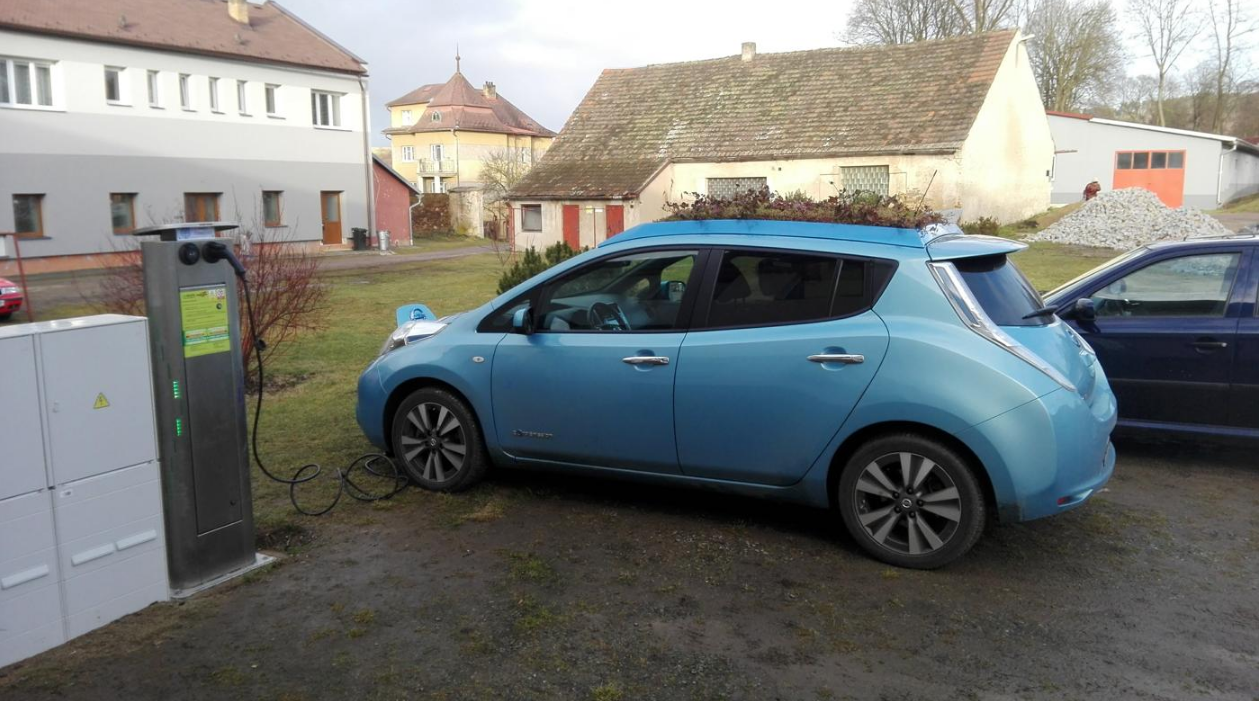
6. E.V. Alternatives
As of 2021, a market exists for several competing alternative fuel powertrains, namely Ethanol, Biodiesel, Natural gas, and Hydrogen.
6.1. Ethanol
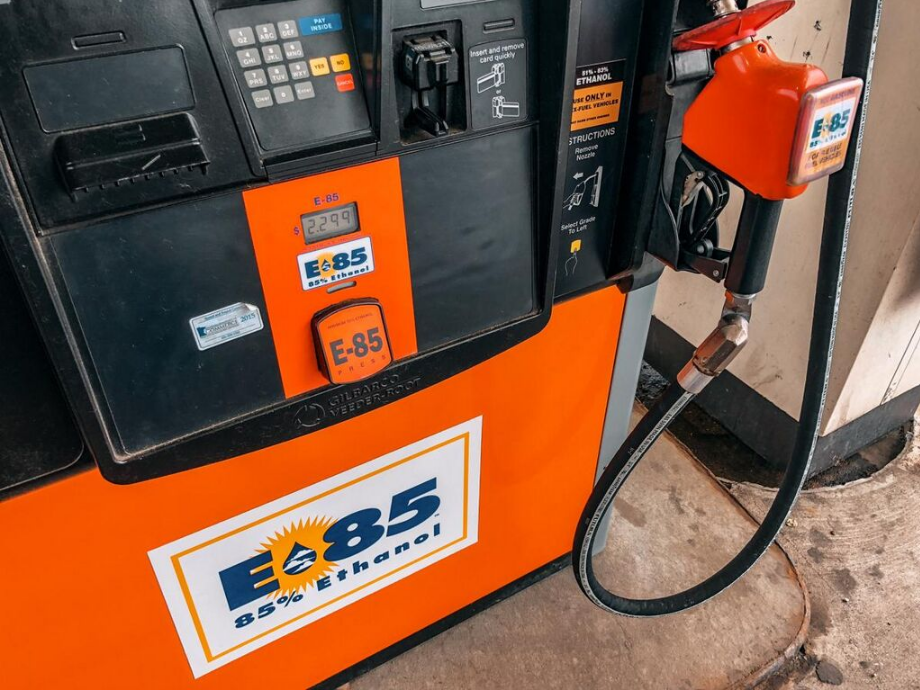
Ethanol is a popular gasoline substitute made from corn and other starch based materials, better known as ethyl alcohol. Its use is fairly common and traces can be found at 98% of all gas stations in the US. the most common blend is E10 (90% gasoline, 10% ethanol), however E85 (55-83% ethanol, 45-17% gasoline) is available and requires specific modification to use. Vehicles with FlexFuel technology have already been optimized for running this blend of fuel, however one can modify any car to intake this blend. Ethanol has a higher octane rating than gasoline, providing premium fuel characteristics. Ethanol contains less energy per gallon than gasoline, with Denatured Ethanol (98% ethanol) contains about 30% less energy than gasoline per gallon. Due to this, if a vehicle is not optimized properly, a greater quantity of ethanol is required to produce the same power output.[14]
6.2. Hydrogen
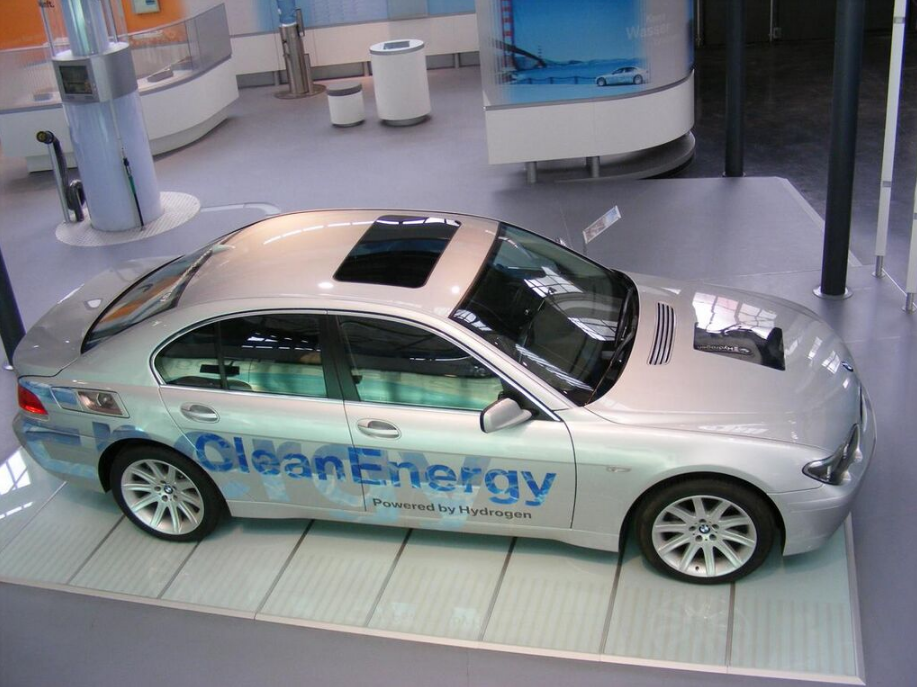
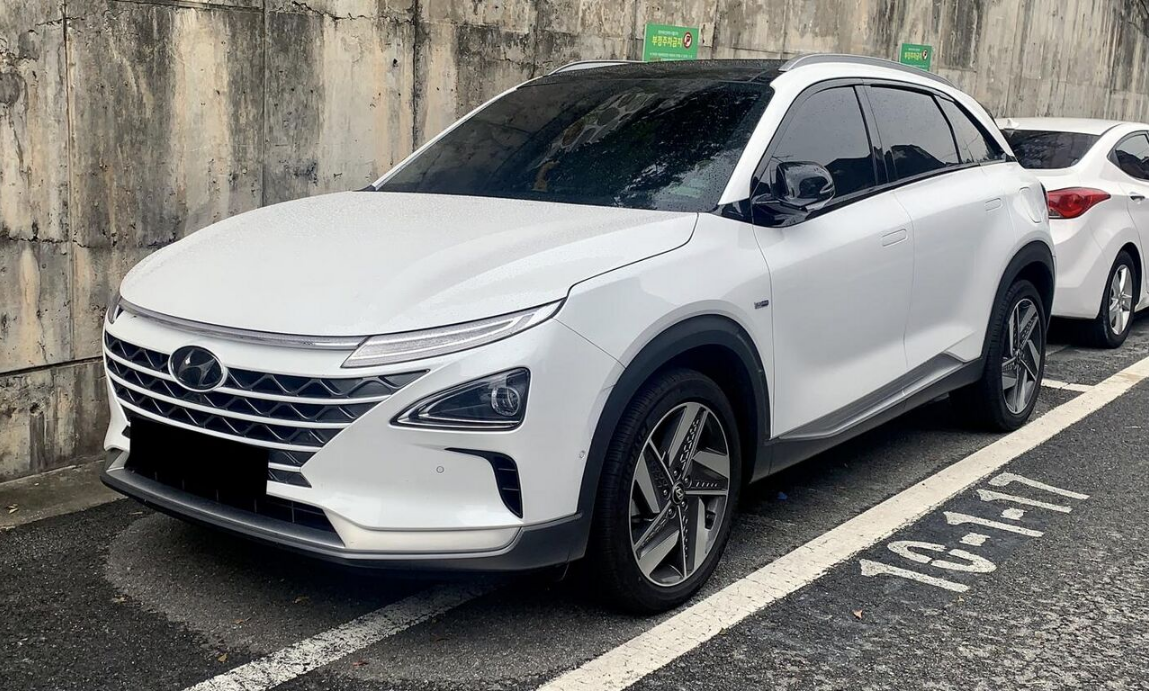
Hydrogen as a fuel is in a liquid pressurized state and can be burned in an Internal combustion engine, or is used more commonly in Fuel Cell Electric Vehicles. Both uses have water vapor as a byproduct, while burning hydrogen in an internal combustion engine produces slight traces of NOx gases. Similarly to Gasoline powered vehicles, the fueling process is quick, lasting up to 4 minutes. Infrastructure to support this technology is still developing and as a result, the majority of sales of Hydrogen vehicles in the US reside in California where filling stations are more available. range of these vehicles typically hovers around 300 miles. [15]
6.3. Biodiesel
Biodiesel is a renewable fuel typically produced from Animal fats, recycled restaurant greases or vegetable oils, and is compatible with most Diesel vehicles. its properties are very similar to petroleum diesel.[16]
6.4. Natural Gas
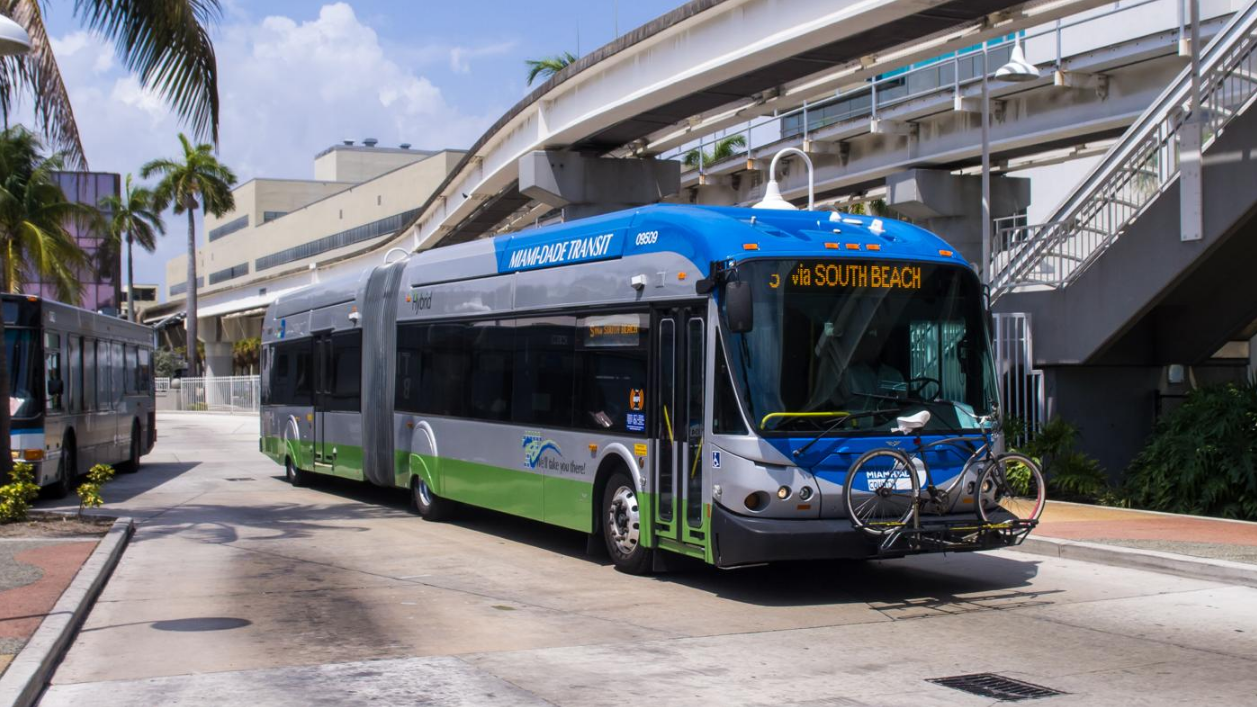
Natural gas is a compressed, liquid fuel readily available through utility infrastructure. This fuel type is more common in commercial vehicles, as no production car sold in the United States runs on natural gas.[17]
References
- "Cleaner Cars for PA" (in en). https://pennenvironment.org/reports/pae/cleaner-cars-pa.
- "Pennsylvania ranks 17th among states gearing up for shift to electric vehicles" (in en). 2021-02-03. https://stateimpact.npr.org/pennsylvania/2021/02/03/pennsylvania-ranks-17th-among-states-gearing-up-for-shift-to-electric-vehicles/.
- "Article Viewer". https://www.ahs.dep.pa.gov/NewsRoomPublic/SearchResults.aspx?id=21688&typeid=1.
- "files.dep.state.pa.us - /Energy/OfficeofPollutionPrevention/StateEnergyProgram/". https://files.dep.state.pa.us/Energy/OfficeofPollutionPrevention/StateEnergyProgram/.
- "Alternative Fuels Data Center: Pennsylvania Laws and Incentives". https://afdc.energy.gov/laws/all?state=PA.
- US EPA, OECA (2019-02-13). "Volkswagen Clean Air Act Civil Settlement" (in en). https://www.epa.gov/enforcement/volkswagen-clean-air-act-civil-settlement.
- "Alternative Fuel Vehicles" (in en-US). https://www.dep.pa.gov:443/Citizens/GrantsLoansRebates/Alternative-Fuels-Incentive-Grant/Pages/Alternative-Fuel-Vehicles.aspx.
- "Alternative Fuels Tax" (in en-US). https://www.revenue.pa.gov:443/TaxTypes/MAFT/AltFuelsTax/Pages/default.aspx.
- "The Tax Compendium April 2021". https://www.revenue.pa.gov/News%20and%20Statistics/ReportsStats/TaxCompendium/Documents/2021_tax_compendium.pdf.
- "Alternative Fuels Tax Rates" (in en-US). https://www.revenue.pa.gov:443/Tax%20Rates/Pages/Alternative%20Fuels%20Tax%20Rates.aspx.
- "Electric Vehicles Roadmap Initiative: A guide to passenger and commercial EVs | WGA". https://westgov.org/news/article/electric-vehicles-roadmap-initiative-a-guide-to-passenger-and-commercial-evs.
- "Light Duty Electric Drive Vehicles Monthly Sales Updates | Argonne National Laboratory" (in en). https://www.anl.gov/es/light-duty-electric-drive-vehicles-monthly-sales-updates.
- Blanco, Sebastian; Nichols, Beth (2019-12-03). "EV Charging Stations: Where to Find Them, What Type You Need, How to Pay" (in en-US). https://www.caranddriver.com/news/a30031153/ev-charging-guide/.
- "Alternative Fuels Data Center: Ethanol". https://afdc.energy.gov/fuels/ethanol.html.
- "Alternative Fuels Data Center: Hydrogen". https://afdc.energy.gov/fuels/hydrogen.html.
- "Alternative Fuels Data Center: Biodiesel". https://afdc.energy.gov/fuels/biodiesel.html.
- "Alternative Fuels Data Center: Natural Gas". https://afdc.energy.gov/fuels/natural_gas.html.



